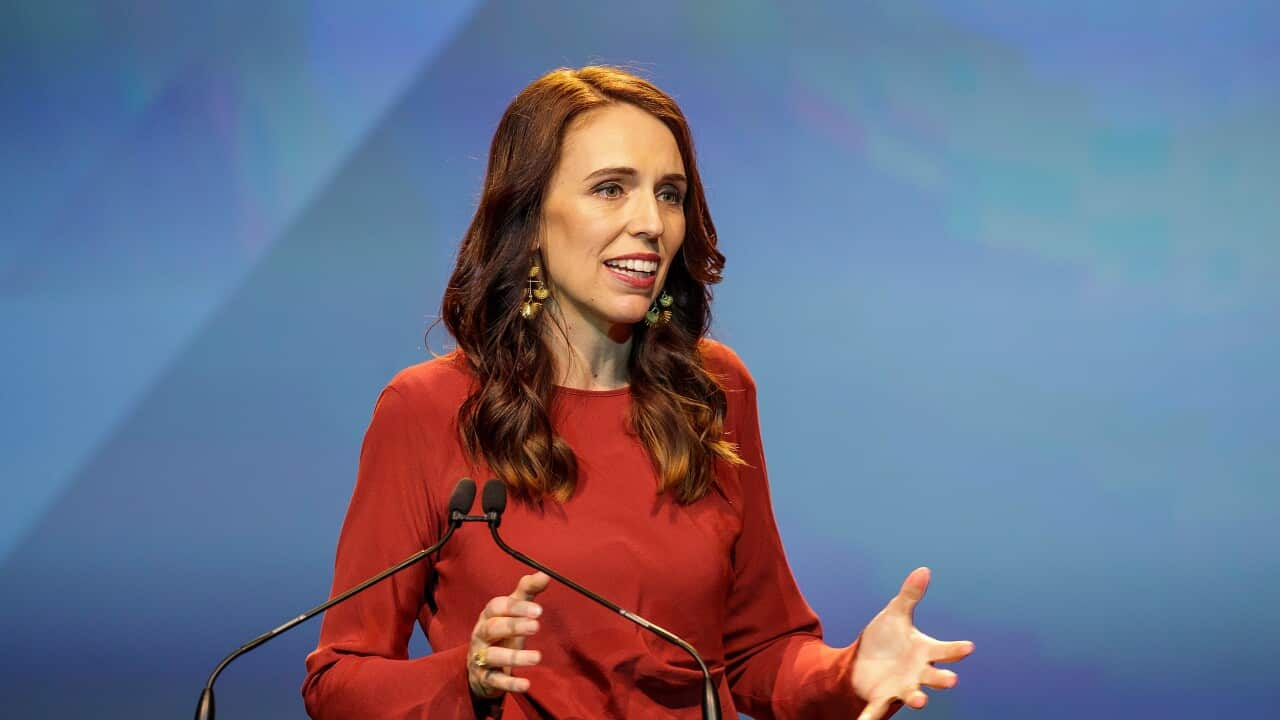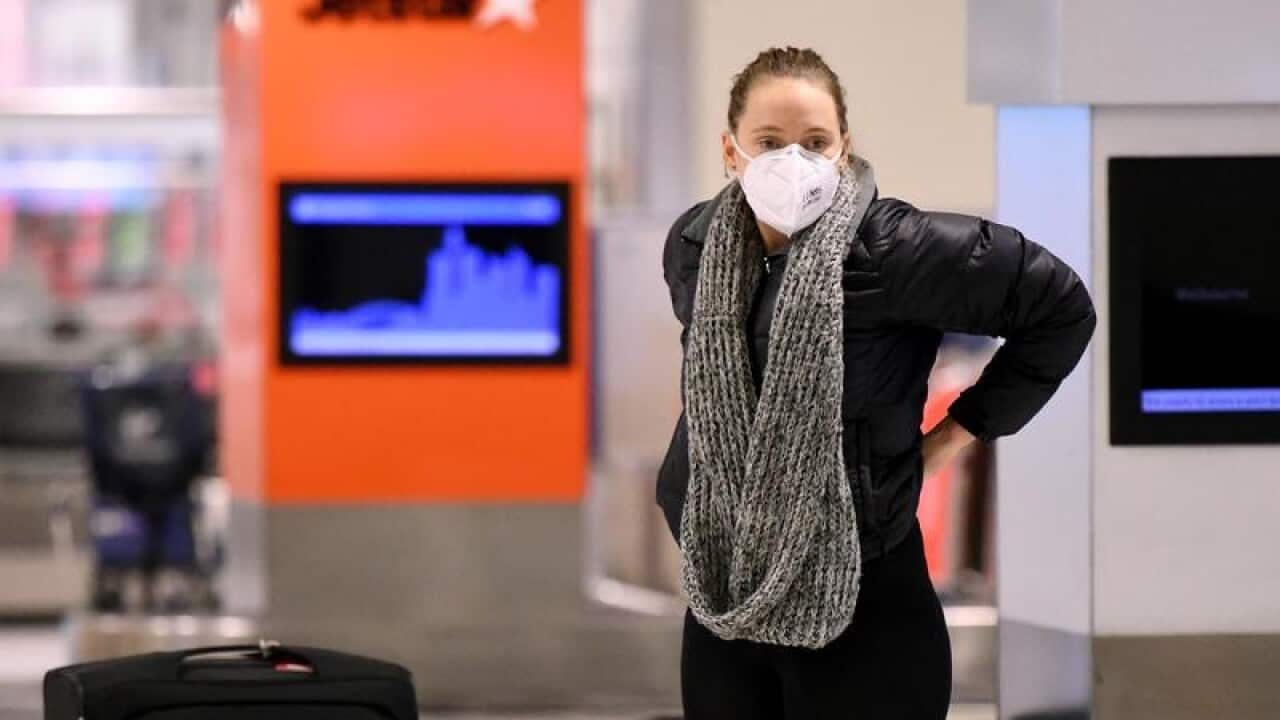A travel bubble between Hong Kong and Singapore, due to launch on Sunday, will be postponed for two weeks after the Chinese controlled city reported a sudden jump in daily coronavirus cases.
The decision is both a blow to the two cities' battered tourist industries but also for other countries who had been hoping the scheme might be a model to replicate during the pandemic.
The two financial hubs have both suffered comparatively mild outbreaks with strict social distancing and border measures imposed soon after the pandemic first emerged.
But with small populations and a heavy dependence on links to the outside world they have been hard hit as the global economy collapsed. Desperate to help their key tourism and aviation sectors, they came up with the plan allowing limited, quarantine-free travel between the cities as long as visitors test negative for COVID-19.
Desperate to help their key tourism and aviation sectors, they came up with the plan allowing limited, quarantine-free travel between the cities as long as visitors test negative for COVID-19.

Visitors head towards the Jewel Changi Airport mall in Singapore, 30 July 2020. Source: EPA
The travel corridor was set to kick off on Sunday morning.
But on Saturday, Hong Kong announced the scheme would have to be delayed for two weeks following a sudden rise in coronavirus infections.
"In the light of recent surge of local cases we have decided, together with the Singapore government, to defer the air travel bubble's launch by two weeks," commerce secretary Edward Yau told reporters.
After weeks of single-digit infections, Hong Kong health authorities have begun reporting a sudden uptick in cases in recent days.
On Saturday they recorded 43 local coronavirus cases, the highest daily number in nearly three months. It is also facing more than 60 preliminary cases.
Vaccine crucial
Both Hong Kong and Singapore agreed that seven straight days of five or more unknown transmission cases would be enough to halt the travel bubble.
But Saturday's double-digit spike was enough for authorities in both cities to postpone the travel bubble.
"This is a sober reminder that the COVID-19 virus is still with us, and even as we fight to regain our normal lives, the journey will be full of ups and downs," Singapore transport minister Ong Ye Kung wrote on his Facebook page.
'Fraught with challenges'
Shukor Yusof, an analyst with aviation consultancy Endau Analytics, said that travel bubbles are fraught with challenges.
"Although widely supported by aviation bodies, bilaterally agreed air corridors is not the answer to the crisis," Shukor told AFP.
"There is no solution until the vaccine is available to all. The more airlines swim against the COVID tide, and try to beat the odds, the worse it will become. Best to endure, stay put, refine the business model and conserve cash," he added.
Neither Hong Kong nor Singapore have domestic air routes to fall back on. So flagship carriers Singapore Airlines and Cathay Pacific have been hit especially hard. Singapore is a major market for Hong Kong's tourism industry with more than 450,000 arrivals from the city-state recorded in 2019, according to the Hong Kong Tourism Board.
Singapore is a major market for Hong Kong's tourism industry with more than 450,000 arrivals from the city-state recorded in 2019, according to the Hong Kong Tourism Board.

Flight attendants from Hong Kong's flag carrier airline Cathay Pacific. Source: AAP
Hong Kong was among the top 15 visitor sources for Singapore last year, with nearly half a million arrivals, official data showed.
The planned travel bubble, which could still go ahead if infections drop, is strict.
A maximum of 200 residents from each city will be able to travel on one daily flight to the other, with only those who have been in Singapore and Hong Kong for two weeks and tested negative allowed to board.
Arriving passengers will have to test negative again, and all the health checks could add substantial extra cost to a trip.
Coronavirus tests in Hong Kong cost around $190 at a government-approved laboratory or hospital, and in Singapore the price is around $150.



